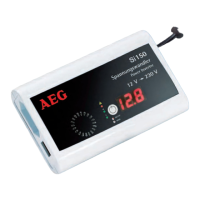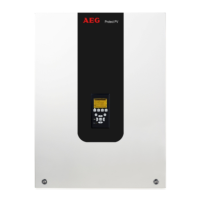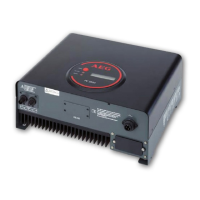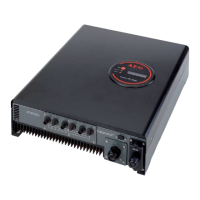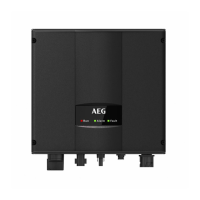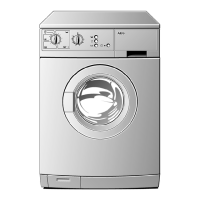21
Subsequent damages from im-
proper and/or incorrect use and/or
defective batteries.
Moisture and/or inadequate ventila-
tion.
Unauthorised opening of the device.
Risk of re and electric
shock!
Failure to follow all instructions listed
the device.
be damaged.
If cables are to be routed through
sharp-edged walls, e.g. metal walls,
avoid damaging the cables.
Do not route 230 V main cables
and 12 V/24 DC cables in the same
Do not use device if damaged. Dam-
age to the device or the charging
cable increases the risk of electrical
shock.
Route the electrical cable so that it
is not possible to trip over them and
to prevent them being damaged.
Avoid pouring or dripping water or
other liquids over it. If water pen-
etrates electrical devices, the risk of
electric shock increases.
Ensure that all plugs and cables
are free of moisture. Never connect
the device to the mains with wet or
moist hands.
permitted power plugs.
Never create a short circuit or
bridge on the inputs and outputs
of the power inverter using foreign
objects.
Do not attempt to disassemble or
damaged from extreme heating.
odour.
Risk of injury!
the steering wheel, gearshift, and
gas and brake pedals. Position the
operating the vehicle.
Do not insert objects through the
ventilation slots.
Please also note the operating in-
structions of connected devices.
